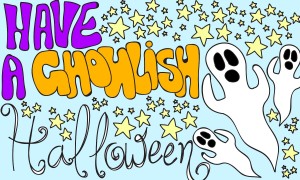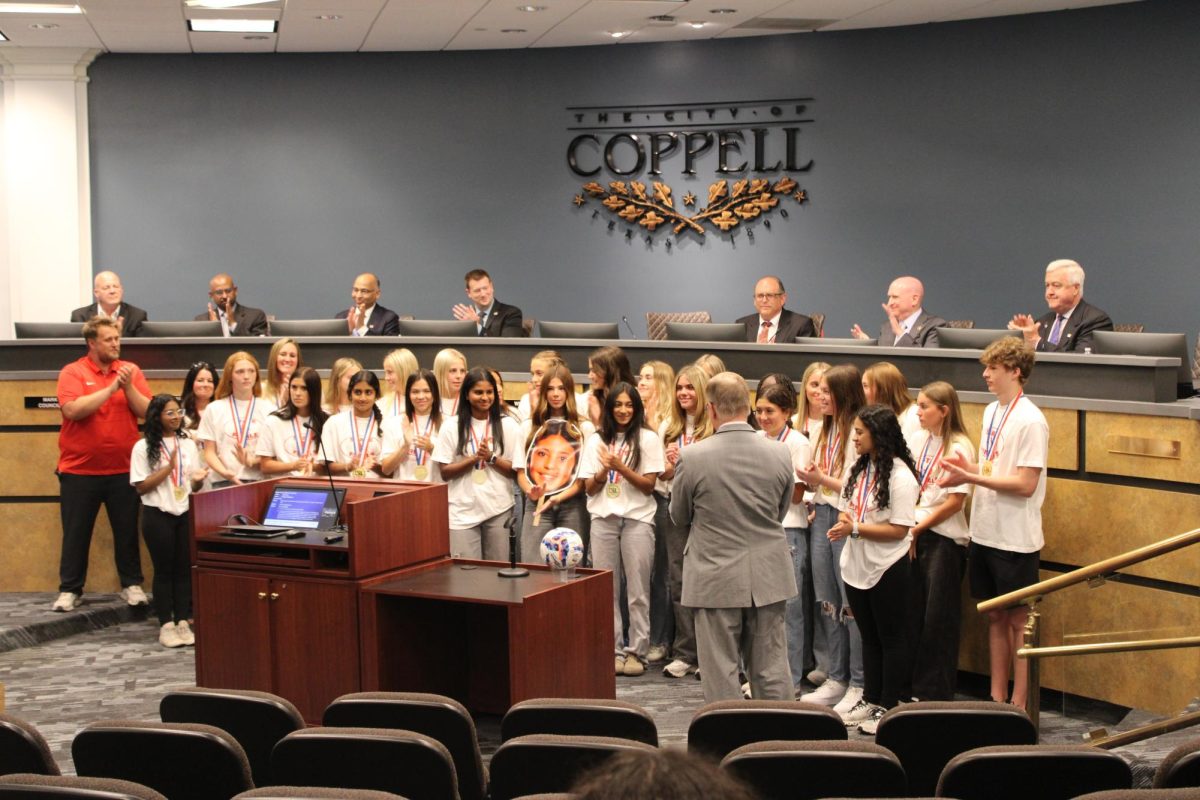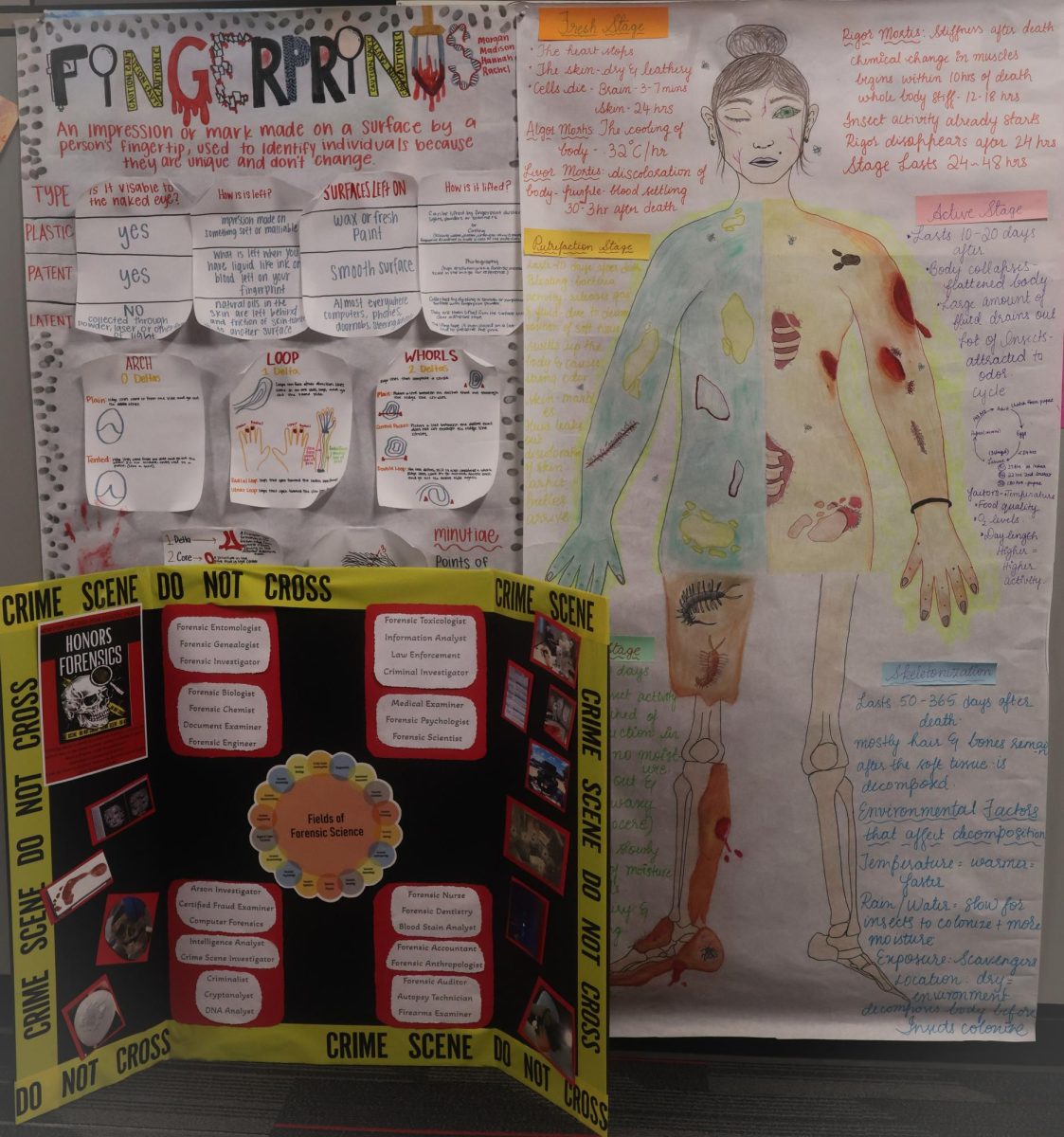By Jordan Bickham
The thought of Halloween conjures up images of haunted houses, costumes and candy, but the holiday did not begin this way. In fact, Halloween began thousands of year ago with the Celts, a group of people inhabiting Ireland who celebrated a day called Samhain. This day, Nov. 1, was to celebrate what they considered the “new year;” which was the transition from summer to winter. This day was a day of trouble since the Celts believed that on the night before Samhain, the boundary between the worlds of the living and the dead blurred, resulting in spirits coming back to earth. To commemorate the day, their priests, called Druids, burned blood sacrifices on bonfires.
By 43 A.D., much of Celtic territory had been conquered by the new global power, the Romans. The Romans two of their prominent holidays, Feralia (commemorated the passing of the dead) and the day of Pomona (the goddess of fruit and trees). Pomona’s symbol was actually an apple; which led to the tradition of bobbing for apples.
Later on, Christianity became a huge opposing force of the holiday due to its pagan roots. In an attempt to move attention away from the holiday, new Christian holidays were placed on the same day such as All Souls Day and All Saints Day. All Saints Day was also known as All-hallows; which is where the word Halloween is derived from. Both the holidays were actually very similar to the day of Samhain, including bonfires, parades and even dressing up as saints, angels or devils.
When settlers began moving to America, so did Halloween. While the holiday was not very prominent at first due to their rigid Protestant beliefs, the holiday was popular in the southern colonies with what was called “play parties.” In the later part of the nineteenth century, many immigrants came to America, including Irish settlers during the potato famine. These settlers began to popularize the holiday by dressing up and going house to house to ask for money or food. This later became known as trick-or-treating.
During the early 1900s, the holiday began to have a negative connotation with kids going out and vandalizing or pulling pranks during the night. But by the 1950s, town leaders had finally ended the vandalisms on the holiday, successfully turning it into a fun night and the holiday we celebrate today. Halloween is the second largest commercial holiday only behind Christmas with about $6 billion spent by Americans for the holiday.









